Staying active as you age isn’t just about walking more—it’s about training smarter. With the right approach, strength training using simple equipment can dramatically improve balance, boost energy, protect joints, and enhance independence. This beginner-friendly guide walks you through essential equipment, proper form, coach-style tips, and easy modifications designed specifically for seniors.
As we age, muscle mass naturally declines—a condition known as sarcopenia. This loss can lead to reduced mobility, increased fall risk, and difficulty performing daily tasks. Fortunately, strength training can slow and even reverse this process. Studies show that regular resistance exercises improve bone density, support joint health, and enhance mental well-being.
The key? Training with intention, proper form, and equipment that supports your body—not strains it.
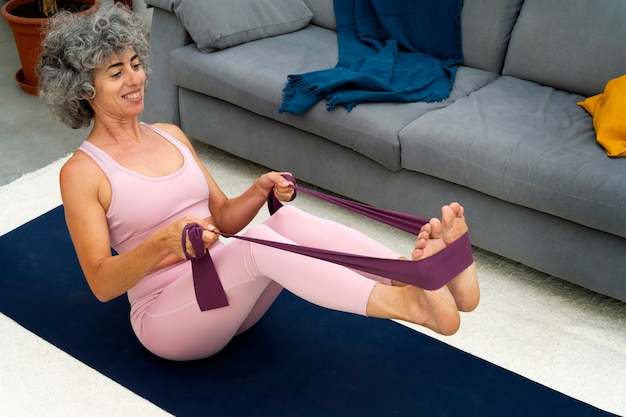
You don’t need a full home gym to get strong. Start with these beginner-friendly, low-impact tools:
Think of yourself as your own coach. These tips will help you train safely and effectively:
Sit tall, feet flat, band under feet. Pull handles toward hips, squeezing shoulder blades. Keep elbows close and back straight.
Stand in front of a chair, feet shoulder-width apart. Lower slowly until you lightly touch the seat, then stand using leg strength. Keep knees behind toes.
Stand arm’s length from a wall. Lean in, bend elbows, then push back. Keeps shoulders safe while building upper body strength.
Sit or stand with light weights at shoulder height. Press upward slowly, then lower with control. Avoid locking elbows at the top.
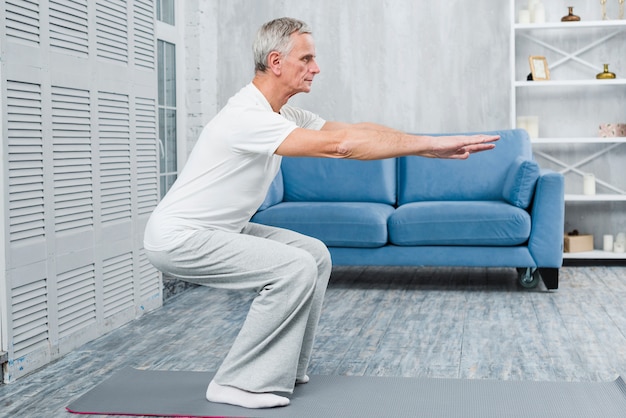
Everyone starts somewhere. These modifications ensure you can participate safely and build confidence:
Perform this 2–3 times per week, with at least one rest day in between:
Consistency beats intensity. Celebrate small wins—like standing up easier or carrying groceries with less effort. Track your progress in a journal, and revisit this guide whenever you need a refresher on form or motivation.
Remember: strength training isn’t about looking like a bodybuilder. It’s about living independently, moving with confidence, and enjoying your golden years to the fullest.
Train smart, stay safe, and keep moving—one rep at a time.

Fitness

Fitness

Fitness

Fitness

Wellness

Health
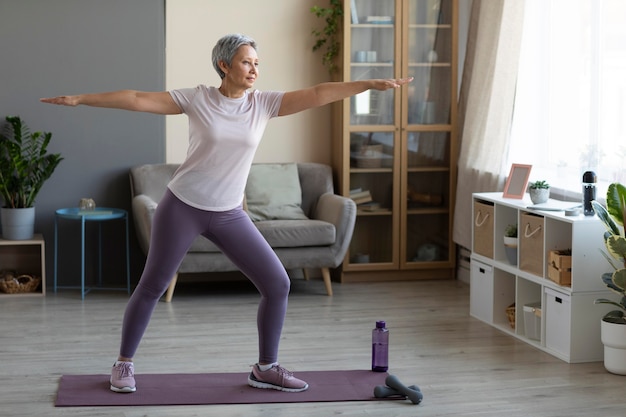
Fitness

Health
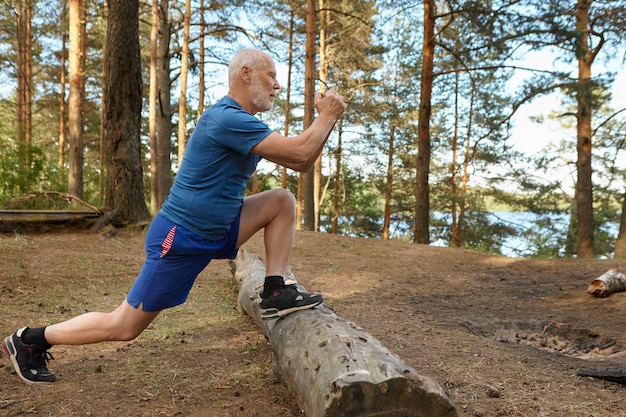
Fitness
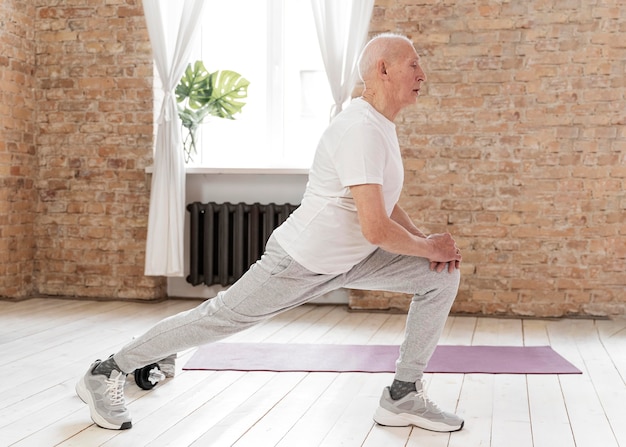
Fitness

Fitness
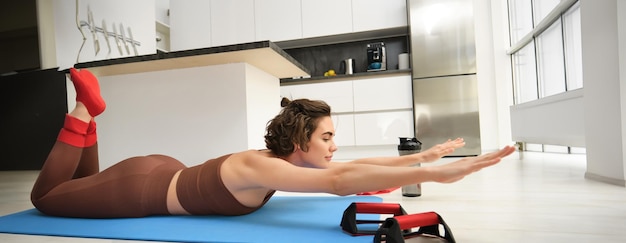
Fitness

Health

Fitness

Health

Health